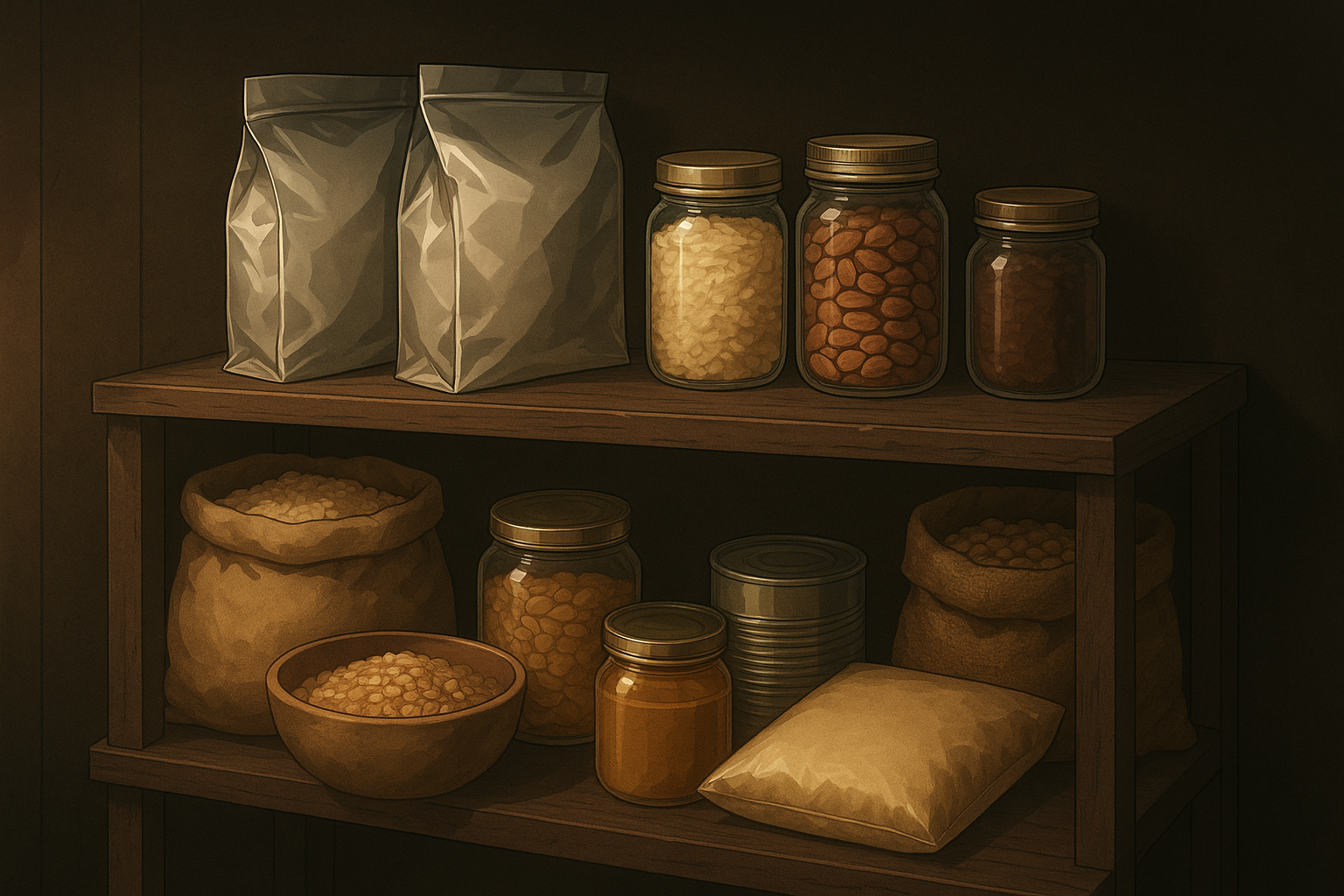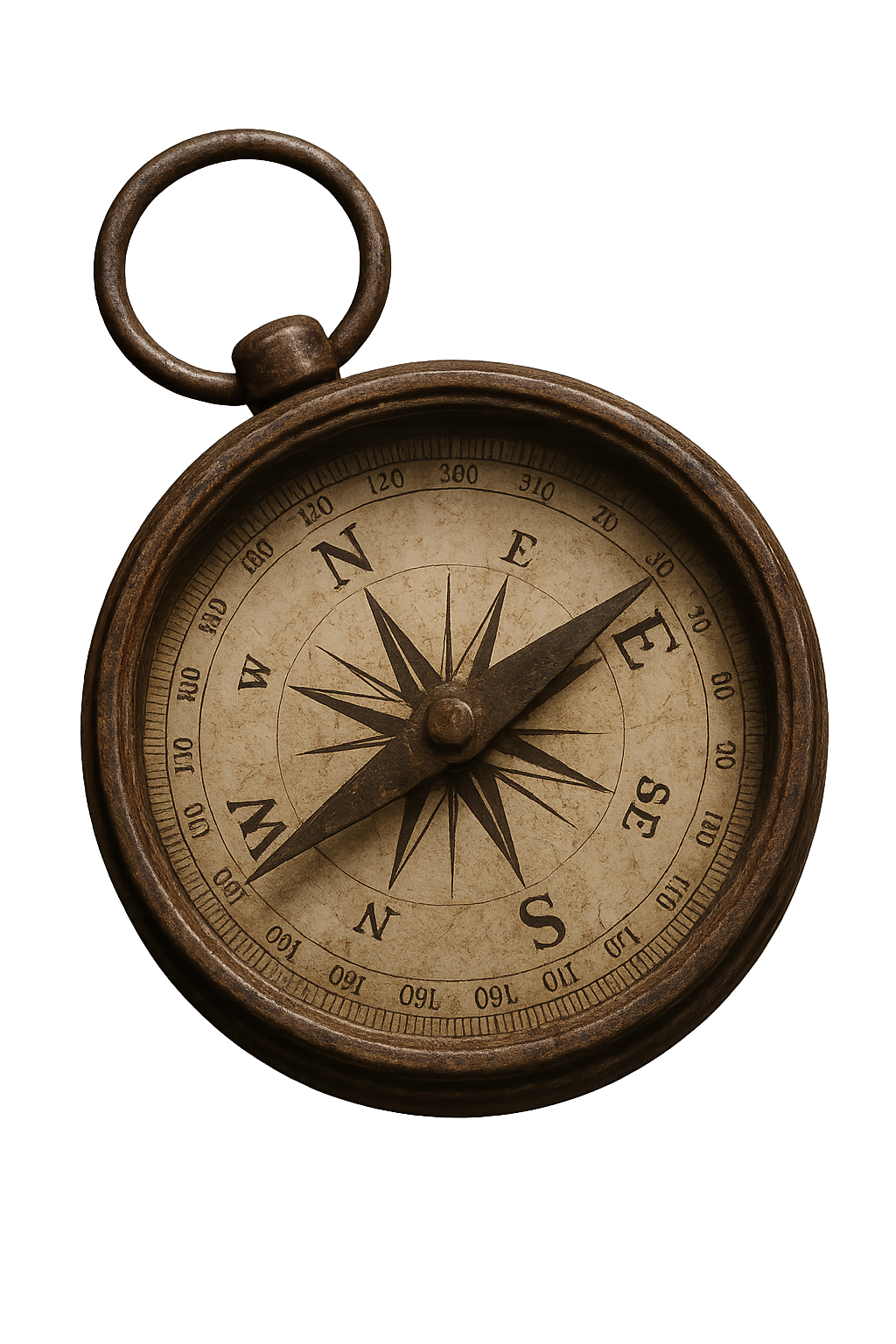When it comes to long-term survival, storing food properly isn’t just about stacking cans in the basement — it’s about creating a controlled environment where your supplies stay safe, nutritious, and ready when you need them most.
If you do it wrong, even the best food can spoil fast. But if you do it right — you’ll have a reliable stockpile that can last years.
1. Choose the Right Containers
Your storage container is your first line of defense against moisture, pests, and air.
Here’s what works best for different types of foods:
Mylar Bags with Oxygen Absorbers — Perfect for dry goods like rice, beans, oats, and pasta. They keep out light, air, and humidity.
Food-Grade Buckets — Use 5-gallon buckets with tight lids to protect larger food portions. Pair them with Mylar bags inside for maximum safety.
Glass Jars & Mason Jars — Great for preserving dehydrated fruits or homemade jerky. Make sure they’re stored in a dark place to avoid sunlight damage.
Vacuum-Sealed Bags — Ideal for short to medium-term storage. Removes air and slows down the oxidation process.
Pro Tip 💡: Label every container with the content, date, and expiration — trust me, after a few months you won’t remember what’s in that mystery bag.
2. Keep the Right Storage Conditions
The perfect storage environment can make a huge difference in food longevity.
Follow these golden rules:
🌡️ Temperature: Keep it cool — between 10°C to 21°C (50°F–70°F). Avoid garages or attics that get too hot or cold.
☁️ Humidity: Aim for low humidity. Too much moisture = mold and bacteria.
🌑 Darkness: Light speeds up food degradation. Always store your supplies in dark, shaded areas.
🧹 Cleanliness: Keep the area free from rodents and insects. Use traps and regularly check your storage.
3. Separate and Rotate
Don’t mix everything together.
Keep different categories (grains, canned food, dehydrated goods) separately and make a rotation schedule — use the oldest stock first and replace it with new supplies. This simple habit ensures your food never goes to waste.
4. Bonus Tip: The Smell Test
Before using stored food, always check for smell, color, and texture.
Even properly sealed food can sometimes go bad if the seal breaks. Trust your senses — if it looks or smells strange, don’t risk it.
🧭 Final Thoughts
Proper food storage is the foundation of survival readiness.
With the right containers and conditions, your emergency stockpile becomes a long-term investment in safety and peace of mind — whether it’s for a storm, an outage, or a true survival situation.

